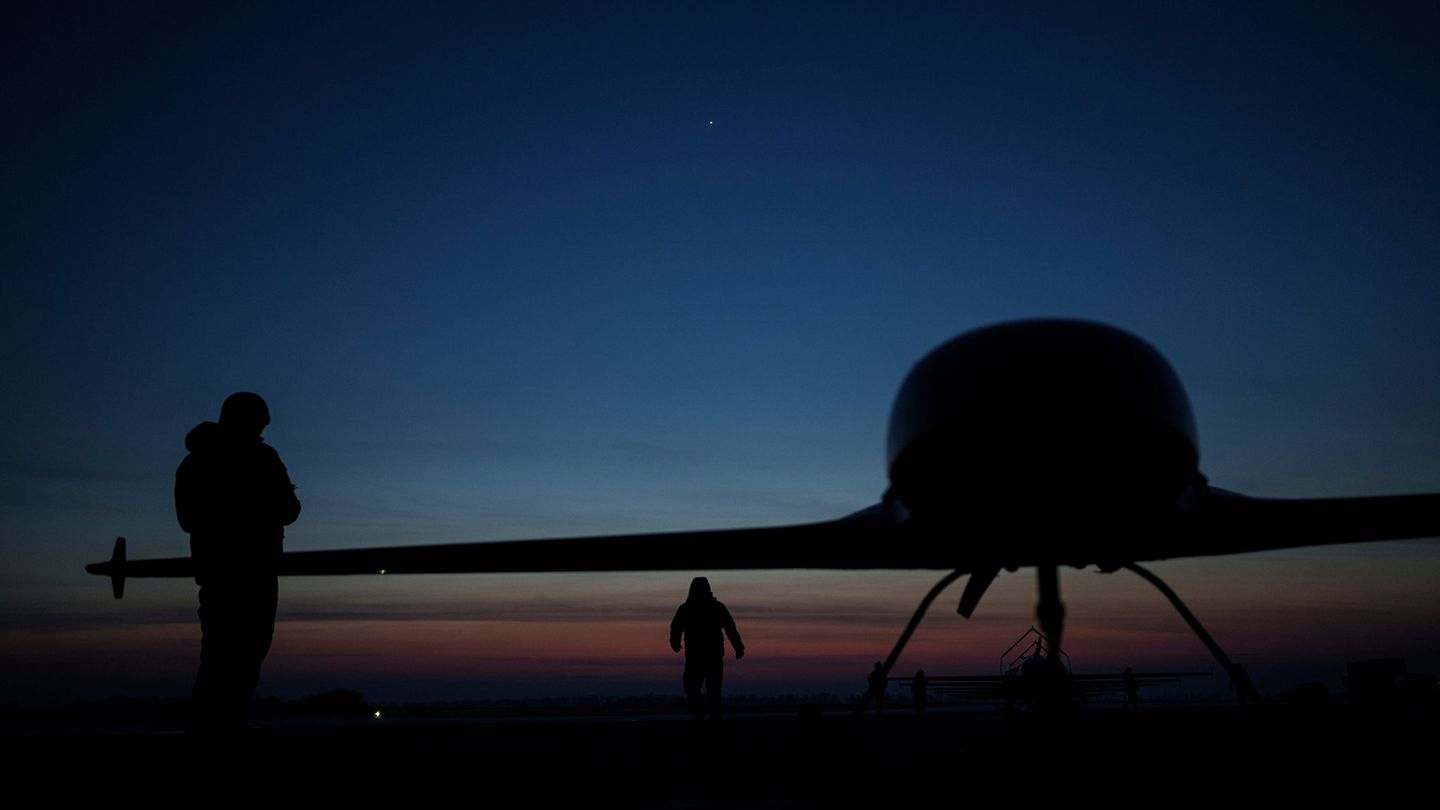47 Germans were shot in June 1944 – after massacres and war crimes against the population. The last surviving witness recently broke his silence. That started the investigation.
After a reference to a mass grave with dozens of Wehrmacht soldiers shot by the French resistance in southern France, the German War Graves Commission has started excavations.
The head of the War Graves Service of the Volksbund, Arne Schrader, said that digging was taking place at a point where soil investigations in June had led to abnormalities. On the first day, the search yielded no results.
The 47 Germans were shot in June 1944 after the Waffen SS massacred the population of Tulle and wiped out the village of Oradour-sur-Glane, a war crime that became a symbol of Nazi barbarism in France. It was generally known that the Germans and a French woman accused of collaboration were shot in a forest near Meymac. However, all those involved had remained silent about the circumstances for the rest of their lives. The last surviving witness recently broke his silence at the age of 98. That started the investigation.
Observed exhumation as a schoolchild
Accordingly, the human remains of those shot should rest in two mass graves. One with eleven bodies was located in 1967 with the greatest secrecy. The testimony of a man who had observed the exhumation of the eleven dead as a schoolchild also helped in the search for the second grave. The remaining 36 Wehrmacht soldiers who are still missing are said to be buried about 100 meters away underground.
French helpers and an archaeologist are involved in the excavations in the forest. Full-time and voluntary Umbetter of the Volksbund support the search in the Limousin. The Volksbund expressed the cautious hope of finding and salvaging the dead. The bones would then be examined at an institute in Marseille. But only when identification tags are found is identification possible. Then the Volksbund could search for and inform relatives. Burial place would be a German war cemetery in France.
The Volksbund Deutsche Kriegsgräberfürsorge not only looks for war dead abroad, it also takes care of the construction and care of graves of German soldiers of both world wars at home and abroad. Unlike similar organizations abroad, it finances itself 90 percent from donations and membership fees. The federal and state governments contribute the remainder of the budget.
Source: Stern
I have been working in the news industry for over 6 years, first as a reporter and now as an editor. I have covered politics extensively, and my work has appeared in major newspapers and online news outlets around the world. In addition to my writing, I also contribute regularly to 24 Hours World.




